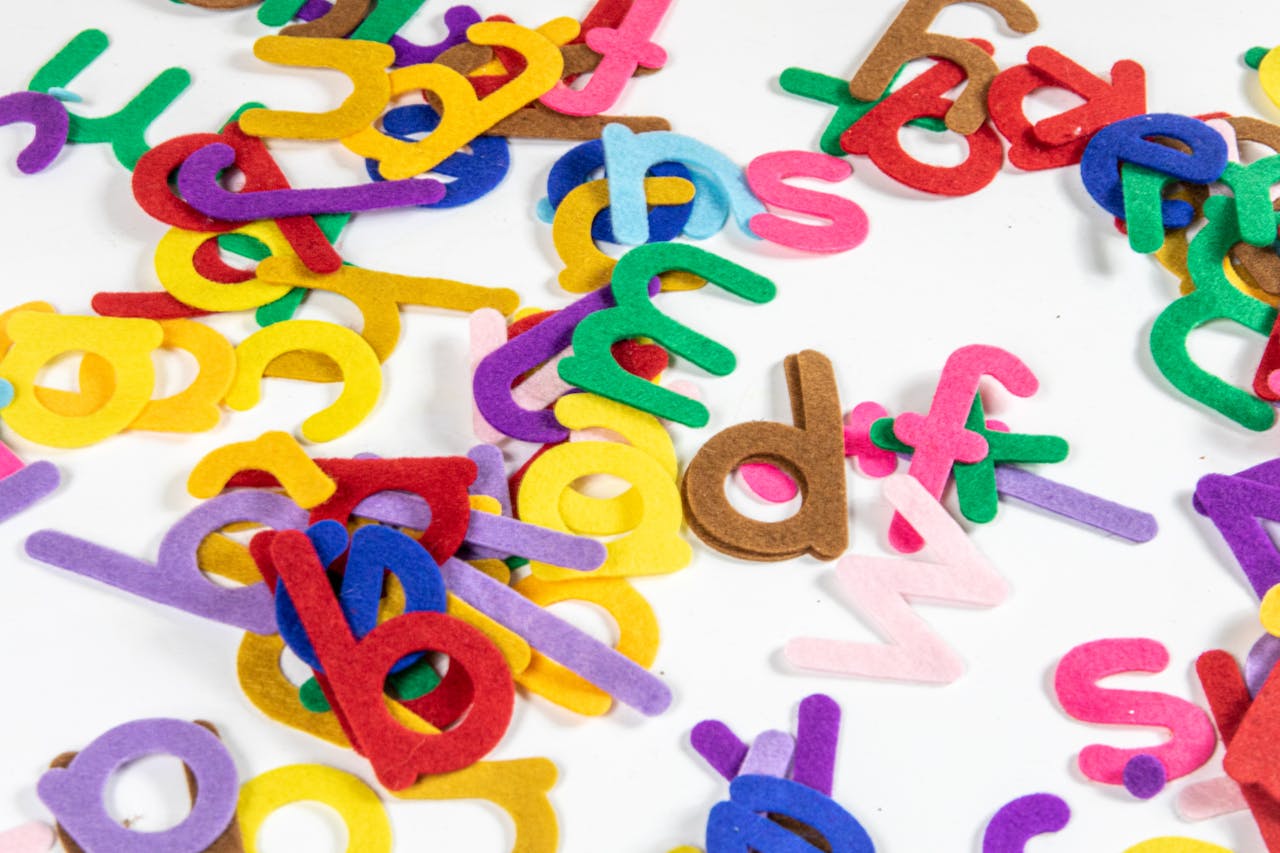Expressions of neurodiversity

Continuing on from my last two posts for Neurodiversity Awareness Week, I wanted to introduce you to the most common presentations of neurodiversity. In times past, neurodiversity was considered a developmental disorder and these labels were handed out as diagnoses that indicated some form of incapability. Attitudes are now changing. As I have argued in previous blog posts, people who are physically or neurologically different tend to be disabled by society, as opposed to being disabled in and of themselves.
Several neurodiverse conditions often arise in the same person and are more common among LGBTQ+ (Lesbian, Gay, Bi, Trans, Queer, etc.) people. For example, dyslexia is common among people with some form of ADHD and/or dyslexia, and sometimes other selective challenges in language learning. Once a person’s brain starts on the journey to being diverse, it seems it often becomes diverse in myriad ways.
Let’s look at some of the main presentations of neurodiversity in turn, beginning with the 4 ‘D’s – dyslexia, dyscalculia, dysgraphia and dyspraxia.
Presentations of neurodiversity
Dyslexia
People with dyslexia process information differently from most people, making it more difficult for dyslexic people to process and remember things they see and hear, which can impact how quickly and easily they learn to read and write, as well as how easy they find it to organise themselves. Like other forms of diversity from homosexuality to autism, dyslexia has historically been viewed through a medical lens imposed by those in power and classified as a learning disability that makes the development of how a person is expected to develop more difficult, while the strengths offered by thinking differently were undervalued.
This can be seen in the Rose (2009) definition of dyslexia adopted by the British Dyslexia Association (BDA):
…a learning difficulty that primarily affects the skills involved in accurate and fluent word reading and spelling. Characteristic features of dyslexia are difficulties in phonological awareness, verbal memory and verbal processing speed. Dyslexia occurs across the range of intellectual abilities. It is best thought of as a continuum, not a distinct category, and there are no clear cut-off points. Co-occurring difficulties may be seen in aspects of language, motor co-ordination, mental calculation, concentration and personal organisation, but these are not, by themselves, markers of dyslexia. A good indication of the severity and persistence of dyslexic difficulties can be gained by examining how the individual responds or has responded to well-founded intervention.
British Dyslexia Association (BDA)
The BDA goes on to point out that there are advantages to thinking differently and adds that some dyslexic people show strengths in areas such as reasoning, and in design, problem-solving, creativity, and interactive and oral skills, often making them better suited to a creative career.
Dyscalculia
Similar to dyslexia but affecting numbers rather than words, dyscalculia makes mathematics much more challenging. As with dyslexia, dyscalculia has many causes and results from many overlapping and interacting effects that make the condition a spectrum of cognitive diversity affecting all ages and abilities and creating a different experience for everyone. It is also indistinguishable from many other maths issues due to the severity of difficulties with number sense, including counting quickly and instinctively, making size comparisons, and putting things in order. It can occur singly but often co-occurs with other specific learning difficulties, mathematics anxiety and medical conditions.
Dysgraphia
People with dysgraphia have impaired handwriting. Some people with dysgraphia find it very difficult to write by hand because they lack sufficient ability to remember words while simultaneously writing them down, while others find it difficult to hold a writing implement such as a pen without watching what they are doing with their fingers and thumb.
To a greater or lesser extent, practice tracing letters and other handwriting exercises, useful for everyone learning to write by hand, can support handwriting development together with exercises involving looking at a letter and then imagining what that written letter looks like while it is temporarily covered. Sadly, in common with many neurodiverse conditions, dysgraphia goes under-recognised, particularly in children who are of above average intelligence, an inability to write being too often misattributed to a lack of effort rather than because of a surmountable difficulty.
Dyspraxia
Dyspraxia, also known as developmental coordination disorder (DCD), is a common disorder that affects movement and coordination. Affecting people of all levels of intelligence, dyspraxia impairs coordination, making certain skills such as balancing or driving more difficult, and can impair fine motor skills so that writing or using small objects becomes harder. Similar to dyslexia, dyspraxia can affect learning, thinking, managing emotions and social interaction, as well as time management and organisational skills. It is easy to imagine how this can make employment more challenging. Even standing on a ladder is potentially more difficult and dangerous, fine manual work becomes much more challenging, making restaurant and retail work much harder, while emotional management is a prime requisite for surviving and thriving in a busy office.




Leave a Comment (note: all comments are moderated)